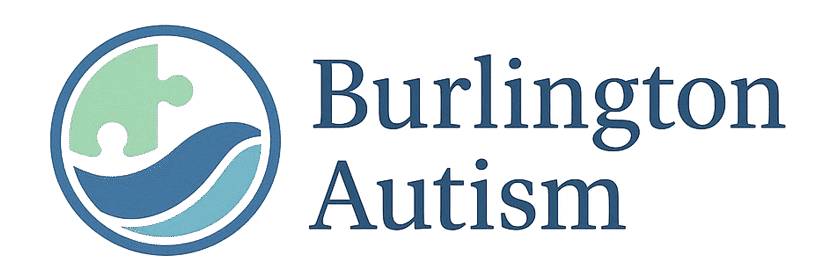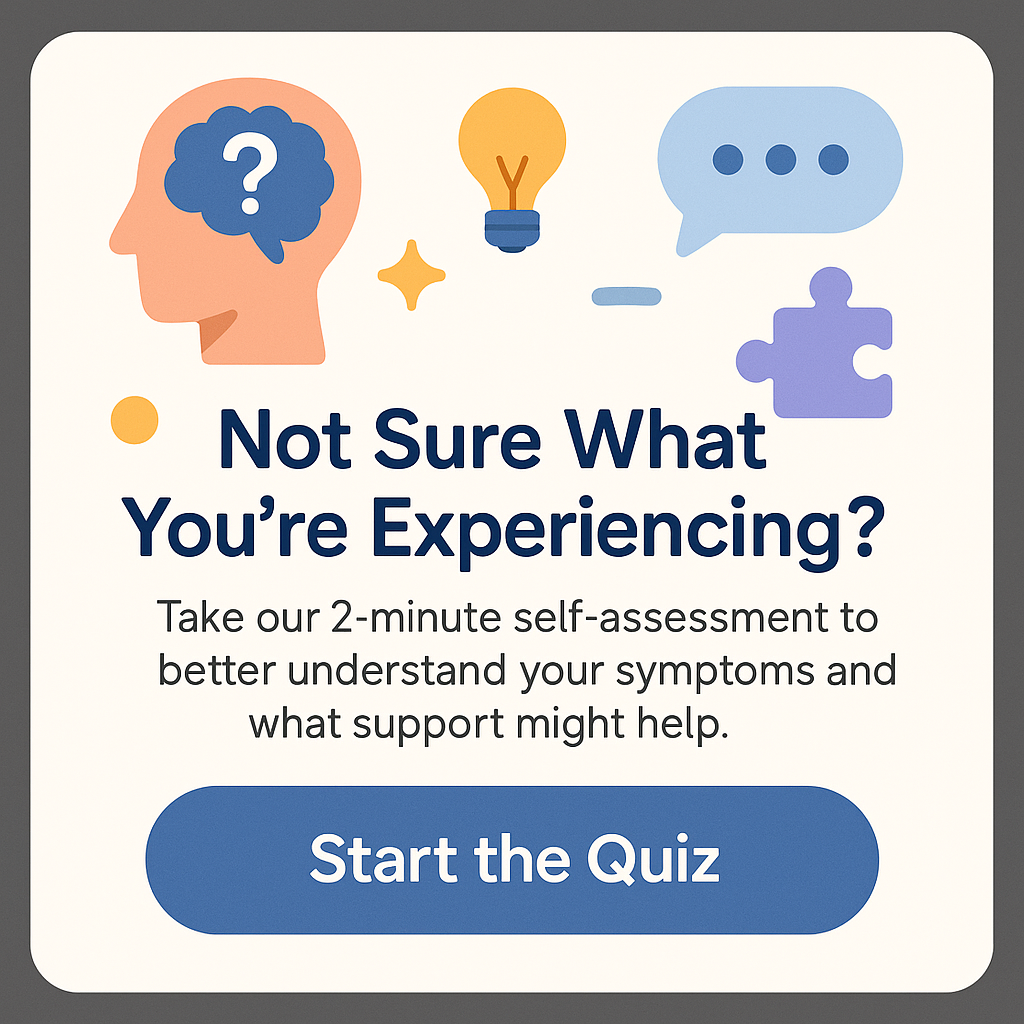Who is eligible for the autism program in Ontario?
Understanding the autism program in Ontario is crucial for families navigating the complex world of autism spectrum disorders (ASD). If you’re a parent or guardian wondering, who is eligible for the autism program in Ontario? – you’re in the right place. This comprehensive guide will shed light on the eligibility criteria, the different types of support available, and the best paths to take for your child’s needs. Whether you are familiar with the services offered or this is your first interaction, our goal is to ensure you understand the eligibility landscape and how to access the vital resources offered.
The Autism Program in Ontario: An Overview
Before diving into the eligibility criteria, let’s first discuss what the autism program in Ontario entails. The Ontario autism program provides essential services and supports to children diagnosed with autism spectrum disorder (ASD). These services can vary based on a child’s age and needs, focusing on early intervention and ongoing support.
Ontario’s Ministry of Children, Community and Social Services oversees the program, which includes:
1. Family Support Services: Helping families to navigate the complexities of autism.
2. Assessment and Diagnosis: Tools to assess a child’s specific needs.
3. Intervention Programs: Evidence-based interventions, such as Applied Behavior Analysis (ABA), tailored to individual needs.
4. Family and Caregiver Training: Workshops and programs designed to educate families about autism and coping strategies.
Essentially, the autism program aims to provide families with resources to optimize the development of children with autism and to help them integrate into society seamlessly.
Now, let’s talk about who is eligible for the autism program in Ontario? The eligibility requirements can slightly shift based on several factors, including age, location, and specific needs of the child, but generally, there are two main groups to consider: children under six years old and children over six years old.
Eligibility Criteria for the Ontario Autism Program
To qualify for the autism program in Ontario, children must meet specific eligibility criteria. The following explains the key requirements that determine who is eligible for the autism program in Ontario.
1. Age Specification
A primary requirement for eligibility is the child’s age at the time of assessment or application. Children under six years old can receive immediate access to services aimed at early intervention. This is crucial, as evidence suggests that early intervention can significantly improve long-term outcomes for children with autism.
For children over six, eligibility still exists, but they often face a different set of circumstances. The government has designed various programs specifically for school-aged children, focusing on helping them navigate the educational system, social skills development, and independent living skills post-education.
2. Diagnosis of Autism Spectrum Disorder
Another critical factor determining who is eligible for the autism program in Ontario is a formal diagnosis of autism spectrum disorder (ASD) from a qualified healthcare professional. This diagnosis typically involves a comprehensive assessment that might include developmental history, interviews, and standardized tests. It is crucial that this diagnosis occurs before applying to the program, as it serves as proof of need for specialized services.
In some cases, children with related conditions or developmental delays may also qualify for certain supports. However, the program primarily focuses on those diagnosed specifically with ASD. Once diagnosed, parents or guardians can proceed with the application process to access the services tailored to their child’s needs.
Application Process for the Autism Program
After confirming eligibility based on age and diagnosis, the next step is to understand the application process involved. Parents often ask, how do I begin the process to determine who is eligible for the autism program in Ontario and access these critical services?
1. Obtain a Diagnosis
The first step is to secure a formal diagnosis of autism spectrum disorder. This can typically be done through a pediatrician or child psychologist. Family doctors can also refer families to specialists who perform diagnostic assessments. Having a clear and well-documented diagnosis is vital, as it serves as the foundation for the application process.
2. Complete the Application
Once a diagnosis is in place, the next step is to complete the Ontario autism program application. Parents can find the application on the official Ontario Ministry of Children, Community and Social Services website. It is an online process, and it’s recommended to gather all necessary documentation that supports the child’s diagnosis and needs.
After submission, families should expect a wait period for assessments to be scheduled. This timeline can vary significantly. In some regions, waitlists can be extensive, so it’s prudent for families to apply as soon as a diagnosis is secured.
3. Assessment and Service Planning
Post-application, children will go through an assessment process that assesses their individual needs, strengths, and challenges. Based on this assessment, tailored intervention plans will be created, focusing on the child’s unique circumstances. These plans will outline the specific services that will be provided, including therapies and supports designed to foster development.
Following the development of personalized plans, families can expect to receive services either at home, in the community, or in educational settings, depending on the resources available and the recommended interventions.
Types of Services Available under the Autism Program
Once eligibility is confirmed, it is essential to understand the kinds of services that the Ontario autism program offers. This knowledge can significantly assist families in determining what supports will best benefit their children.
1. Early Intervention Services
Children under six qualifying for the program can avail themselves of early intervention services, which are instrumental in helping children develop essential skills. These may include:
– Speech Therapy: Focused on improving communication abilities.
– Occupational Therapy: Aimed at enhancing daily living and self-help skills.
– Behavioral Therapy: Using approaches like ABA to promote desirable behaviors.
Early intervention has proven beneficial in encouraging developmental milestones, leading to positive outcomes when children transition to school settings.
2. School-Aged Services
For children over six, the services focus more on integrating children into educational environments. Supports might include:
– Educational Assessments: To tailor learning experiences.
– Social Skills Training: To foster peer interaction and relationships.
– Academic Supports: Tutoring or individualized instruction.
By providing these specialized services, the goal is to enable children with autism to succeed academically and socially within their schooling environment. This also means equipping educators with strategies for supporting children with diverse learning needs.
Impact of the Autism Program on Families
Understanding who is eligible for the autism program in Ontario is vital for families, but it’s equally important to comprehend the significance this program holds for their well-being. Navigating life with a child on the autism spectrum can be both rewarding and challenging. Access to an organized support system can lighten the emotional load many families face.
The program fosters a sense of community, where families can connect with others who share similar experiences. These supportive relationships often lead to invaluable insights and coping strategies which can enhance the family’s resilience. Moreover, access to services can markedly improve children’s quality of life and functional outcomes, turning the struggles many families face into stepping stones towards improvement.
Conclusion
In summary, understanding who is eligible for the autism program in Ontario can empower families to seek the support they need for their children diagnosed with autism spectrum disorder. With a focus on both early intervention and tailored supports for children over six, the program plays a vital role in aiding development and integration into society. When families navigate the application process and understand the services available, they set the stage for positive growth in their child’s life. Never underestimate the impact that early access to appropriate services can have on the developmental trajectory of a child with autism. We encourage all families to seek guidance, leverage available resources, and most importantly, hang onto hope as they navigate the world of autism together.
FAQs
1. What age do children need to be to qualify for the autism program in Ontario?
Children must be under the age of 18, primarily focusing on those below six for immediate access, while school-aged children also qualify based on their needs.
2. What types of services are included in the Ontario autism program?
Services vary but include early intervention therapies, school supports, assessments, and family training aimed at improving child development.
3. Can parents directly apply for the autism program?
Yes, parents can apply directly online once they have a formal diagnosis from a qualified medical professional.
4. How long does it typically take to receive services after applying?
The wait time can vary widely depending on the region and availability of resources, but it is advised to apply as soon as possible to avoid delays.
5. What if my child has other developmental delays?
While the program primarily focuses on those diagnosed with ASD, children with associated developmental delays may also qualify for some supports; consultations with professionals can provide clarity.
What are everyday examples of ABA?
Understanding Autism Funding BC: A Comprehensive Guide
Can Autistic People Fall in Love? Understanding Love and Relationships







